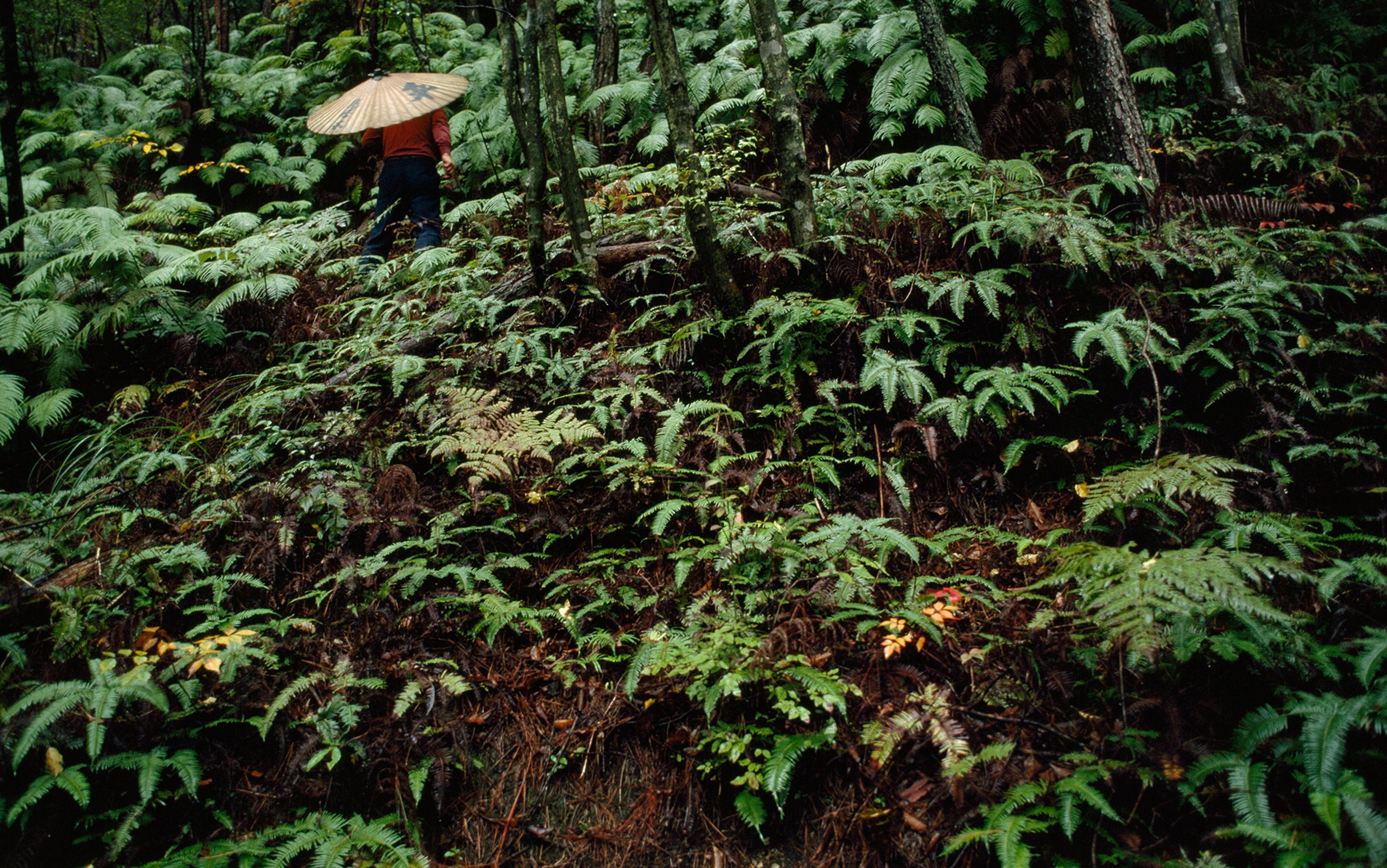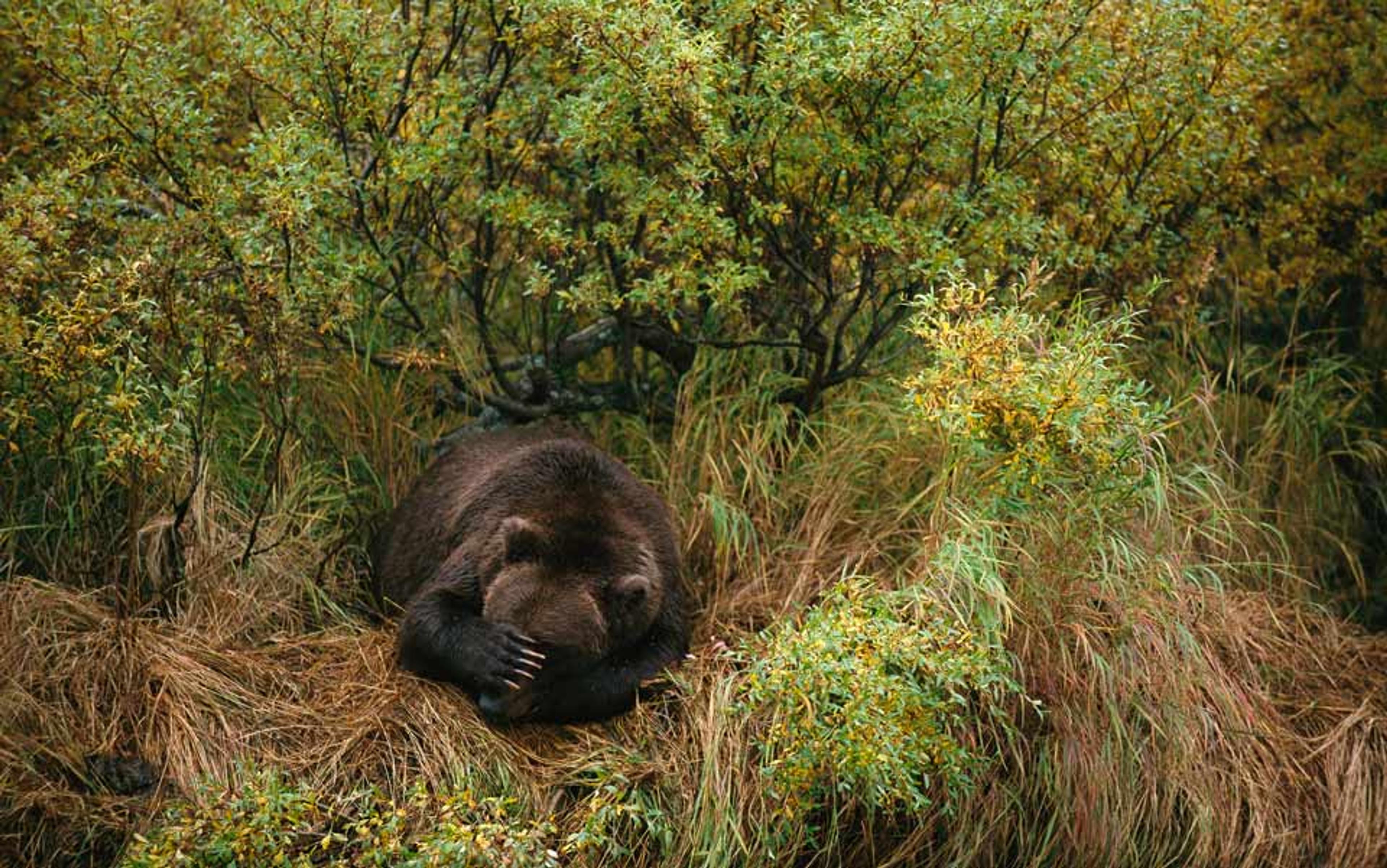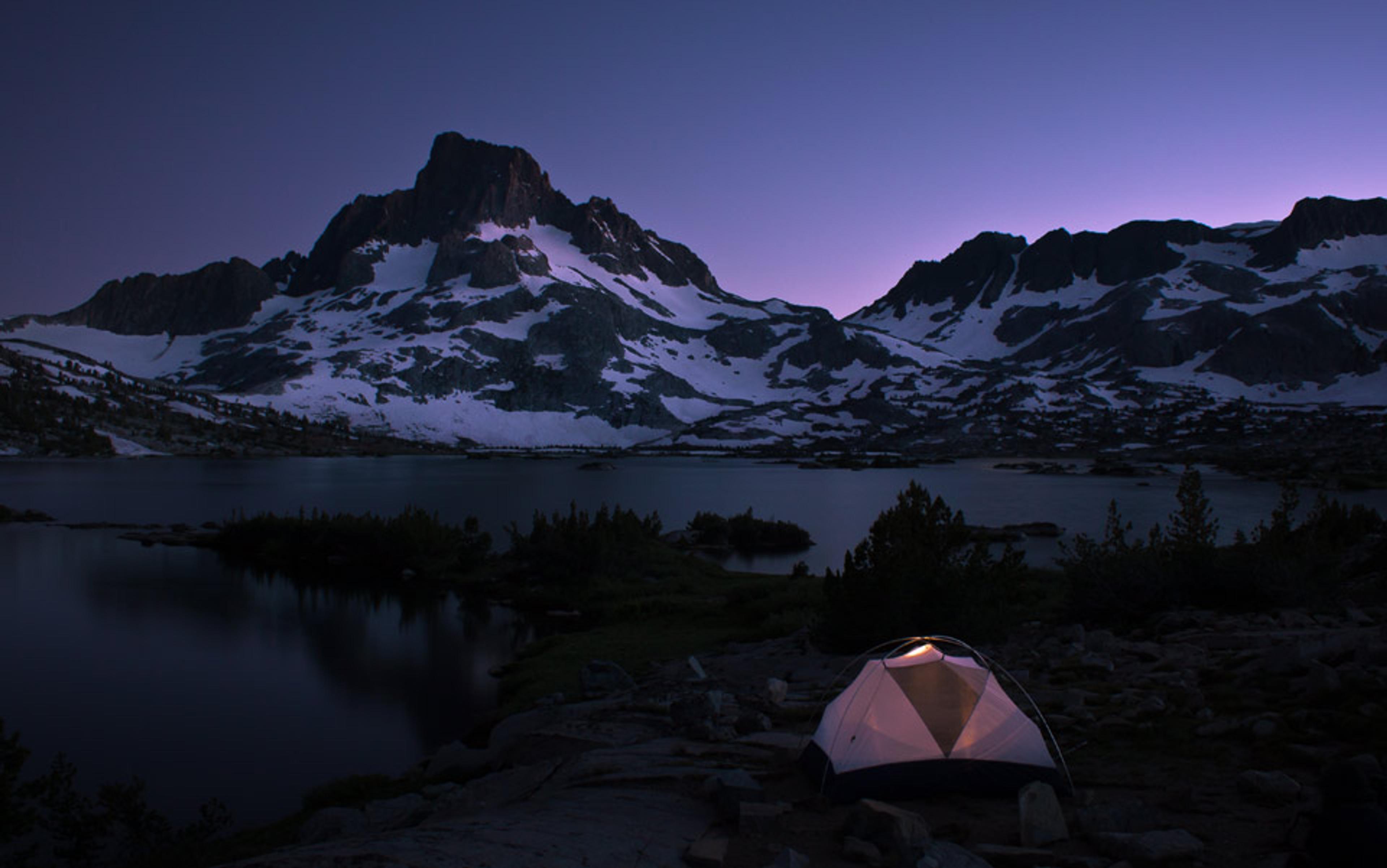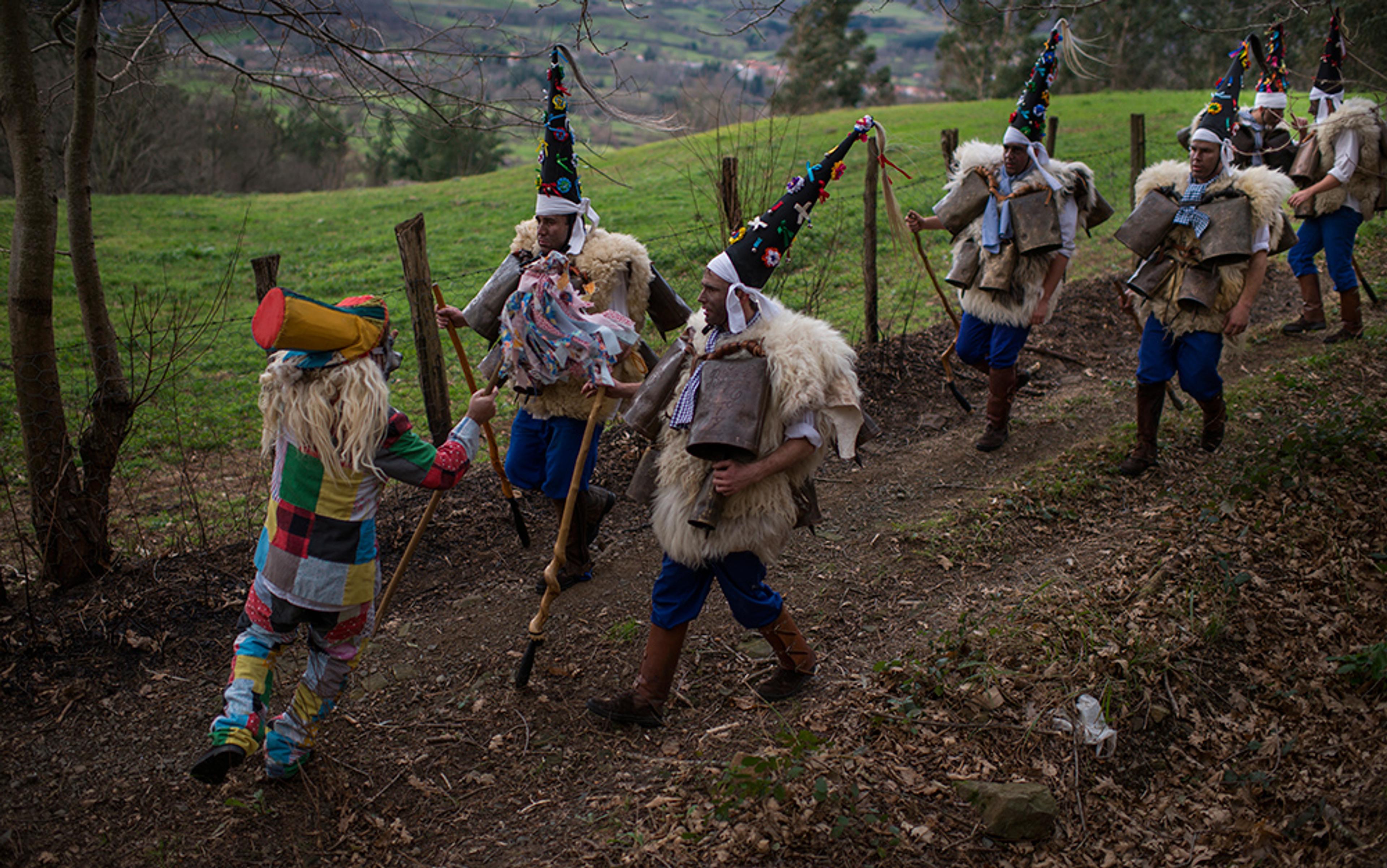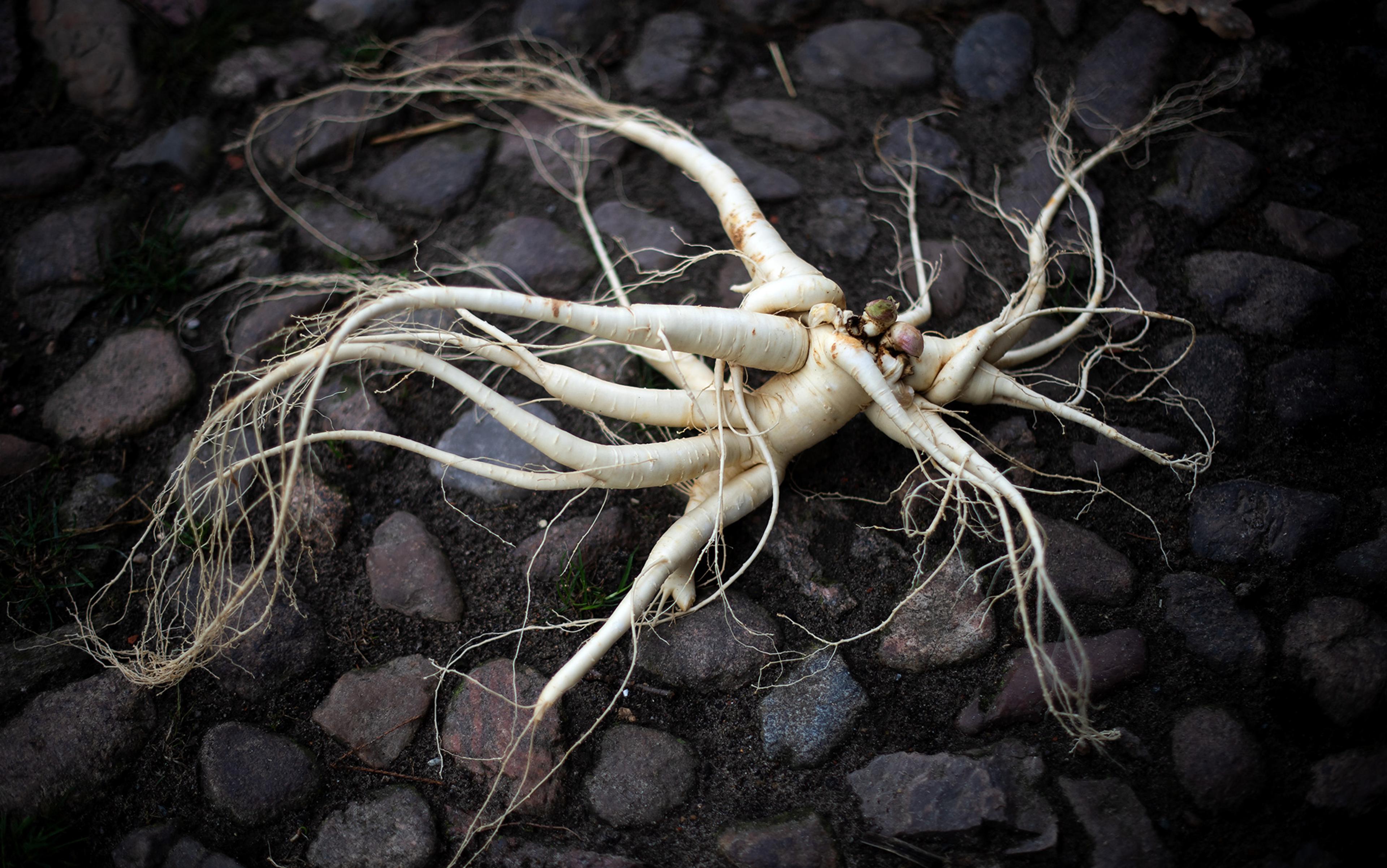‘The longer the trip, the more healing occurs,’ says the geologist Peter Winn, who has been leading expeditions down the Colorado River in the Grand Canyon since the 1960s. ‘Healing happens for people almost without exception.’
The most dramatic transformations that he’s observed have been in disabled military veterans on 16-day kayaking trips organised by a group called Team River Runner. ‘One army communications expert came home from Iraq so full of shrapnel, he’d lost his ability to do even simple math, and would only say “Fuck you.”’ By the end of the trip, he spoke eloquently and at length, in appreciation of both the Canyon and his fellow boaters. ‘Later his wife wrote to thank the crew and the river for getting her husband back.’
Another Team River Runner veteran, a helicopter mechanic and co-pilot in Iraq with shrapnel in her brain that couldn’t be removed, came to the river with suicidal tendencies. ‘She’d been in and out of hospitals and therapy for three years,’ Winn says. ‘She didn’t want to kayak, so I taught her to row my raft. She ran all the rapids without flipping, then went home and got into competitive road bicycling. She just won a major women’s race in Europe.’
I too was a Grand Canyon river guide in the 1970s and ’80s; I saw the universal changes on the 14-day trips we led. Passengers made the trek to our rafts at Lees Ferry in Arizona, escaping deadlines, responsibilities and overflowing voice- and (back then) paper-filled inboxes at home. In a matter of days, they forgot about life above the rim while they plunged through legendary whitewater and hiked to hidden grottoes and waterfalls.
‘After three days, the passengers and the crew could really be on the river,’ recalls Louise Teal, an author and Colorado River guide. ‘People not only heal physically down there, they sometimes change their lives. They get or quit jobs, marry or divorce, become river guides themselves.’
Teal and I were both passengers before we took up guiding – as she says, because we found the river ‘beautiful and intense, a completely fulfilling place to be’. With its soul-stirring sunsets, hypnotic rock walls, and endlessly flowing river, the Canyon provides the backdrop for restoration. Guides know that they only have to get passengers to the river, earn their trust, and take them deep into what Teal calls the ‘zillion-year-old rocks’ where, as she says, ‘the rest is cake’.
River guides might know that nature is transformative for the human body and psyche; but the mechanism behind such profound change is less universally agreed upon and understood. How nature heals had been little researched until 1982, when Tomohide Akiyama, who was then secretary of the Forest Agency in Japan, coined the term shinrin-yoku (‘forest bathing’) to describe the practice of getting into the woods for body and mind renewal, to counter lifestyle-related health issues.
The tradition was already ages-old in Japan, but naming it went hand in hand with making recommendations for best practices: one should walk, sit, gaze and exercise among the trees; eat well-balanced meals of organic, locally sourced food; and, if available, immerse in hot springs. All five senses should be engaged, especially for certification as one of Japan’s official Forest Therapy Bases, which are well-maintained, embraced by the local community, and which are required to show, in practitioners, a decrease in physiological markers such as levels of the stress hormone cortisol after wandering in the woods.
When Akiyama recommended forest bathing all those years ago, he knew about the pioneering studies of phytoncides – basically, pungent essential oils – conducted by the Soviet scientist Boris P Tokin in the 1920s and ’30s. The oils, volatile compounds exuded by conifers and some other plants, reduce blood pressure and boost immune function, among other benefits.
In recent years, a host of other mechanisms have come to light – in fact, there are up to 21 possible pathways to improved health, according to a review paper in Frontiers in Psychology from scientists at the University of Illinois at Urbana-Champaign. Among the elements that have been identified, of particular note are bright lights and negative air ions (oxygen atoms charged with an extra electron), known to ease depression; simple views of nature, which enhance autonomic control of heart rate and blood pressure; and even the sounds of nature, which help us to recover from heightened stress.
Blood tests revealed a host of protective physiological factors released at a higher level after forest, but not urban, walks. Among those hormones and molecules, a research team at Japan’s Nippon Medical School ticks off dehydroepiandrosterone which helps to protect against heart disease, obesity and diabetes, as well as adiponectin, which helps to guard against atherosclerosis. In other research, the team found elevated levels of the immune system’s natural killer cells, known to have anti-cancer and anti-viral effects. Meanwhile, research from China found that those walking in nature had reduced blood levels of inflammatory cytokines, a risk factor for immune illness, and research from Japan’s Hokkaido University School of Medicine found that shinrin-yoku lowered blood glucose levels associated with obesity and diabetes.
‘People respond very favourably to water, whether a fountain in a healing garden or a river or shoreline’
Studies showed that just three days and two nights in a wooded place increase the immune system functions that boost feelings of wellbeing for up to seven days. The same amount of time in a built environment has no such effect. Human response includes increased awe, greater relaxation, restored attention, and boosted vitality. Health outcomes on the receiving end of the pathway are astounding: enhanced immunity, including reduced cardiovascular disease, fewer migraines, and lowered anxiety, to name but a few. According to Frances Ming Kuo , the lead author of the University of Illinois review: ‘The cumulative effect could be quite large even if many of the individual pathways contribute only a small effect.’
Much of the scientific evidence of nature’s benefits has been derived from studying shinrin-yoku subjects. ‘Outside of urban nature, most of the peer-reviewed science has been done on northern temperate forests,’ says Kathleen Wolf of the University of Washington College of the Environment. ‘We know from the research that people respond very favourably to water, for instance, whether a fountain in a healing garden or a river or shoreline environment. We know less about response to tropical environments or desert environments. And we do know that we don’t need endemic nature – ornamental nature or designed nature or even engineered nature can be effective.’
What we know is that we feel good out there, a notion firmly supported by science.
‘River running is so popular now,’ says Mike Finzel, a former guide, ‘that it’s been years since I’ve been able to get a permit.’ Demand for what began as an arcane wilderness experience has burgeoned since its beginnings in the 1950s and ’60s to the point where river recreationists in the United States compete for a set number of put-in dates. Private river permits are managed by resource agencies through highly competitive web-based lotteries. Similarly shinrin-yoku, once known only as such in Japan, is growing in popularity in the West. Trainings for certified guides, taught all over the world, fill well in advance, despite sometimes-steep certification and membership fees.
What drives our search for nature immersion? Susan Karle, a California-based certified forest therapy guide and long-time licensed marriage and family therapist, says: ‘Nature was important to me growing up, and I returned to it because of the seriousness of the issues in my work with victims of trauma and abuse.’ She found that simple daily sits under a giant live oak in her yard helped to sustain her. ‘A few years ago, I took my first guided nature walk and found it so powerful that two weeks later I signed up for the five-day training to be a certified forest therapy guide in shinrin-yoku-style walks.’
These days, Karle’s outings begin with a sharing circle in a shady meadow, where some participants say that they hope to reclaim the free and happy feeling of being outdoors which they knew as children. Others say that they’ve been feeling stressed and just need time out from responsibilities. Karle might invite them to find stones to hold their worries for the day, then to toss them into a nearby creek. Choosing and discarding worry stones is just one of ‘literally hundreds of techniques we’ve tested’, says M Amos Clifford, the founder and director of the Association of Nature and Forest Therapy Guides and Programs that trained Karle. ‘About 40 techniques are keepers, meaning they work very well.’
‘People are willing to try shinrin-yoku right away because of the solid research behind it,’ Karle says. One of her clients had suffered great trauma following a death in the family, leading to a crushing sense of isolation and depression. ‘She thought she’d need years of therapy,’ Karle says. ‘With shinrin-yoku, she reconnected to a sense of hope and goodness, which had gone out of her life. Being in nature with a trusted group helped speed her process so she graduated from therapy in less than a year. When she said she felt she was done, I said: “Yes, I think you are.”’
Being in nature with a variety of species can help maintain a healthy microbiome of essential skin and gut bacteria
The essence of prescriptive medicine, with specific dosages and intervals between consumption, downplays nature’s key role in our lives during our evolutionary history. Some call shinrin-yoku a fitness trend, a movement to counter our modern obsessions with technology, a timeout in which we put away our devices and take the good old ‘nature cure’. That sense of nature as outside of us prevails mostly in the West; Eastern-based mindfulness practices and meditative traditions align more closely with human oneness with nature.
There’s an evolutionary component to that oneness. ‘Not only were we part of nature as we evolved,’ Wolf says, ‘but we were dependent on it. We had to rely on our senses, our intuition, and our responses in order to find food, water, shelter – the absolutely important things. We hunted or grew our food; we carried it back to the tribe.’
We’ve evolved a microbiology on our skin and in our gut – our microbiome – important to health and wellness, including even mental function. For example, studies with mice show that the bacterium Mycobacterium vaccae, which abounds in forested and mountainous areas, boosts the immune system within; human exposure to M vaccae, it’s been hypothesised, could thus help to prevent serious depression, suicidal thoughts and chronic immune dysfunction. In addition, immersion in environmental biodiversity – being in nature with a variety of species – has been shown to help maintain a healthy microbiome of essential skin and gut bacteria. ‘The research is starting to suggest that children who do not experience sufficient amounts of nature at an early age do not develop proper immune functions to protect them as they get older,’ Wolf says. ‘To be in nature is to ingest those things that set up a healthy, thriving microbiome. And because of the sterility of some of our cities, with no parks and no trees, without that inoculation of nature, children are set back.’
But even in cities, we can intervene: when endemic nature isn’t available, ornamental and designed nature is quite effective. Even necessary systems such as storm-water infrastructure, designed to handle storm runoff and overflow, can also be designed to heal. Imagine a storm-water system with a second function as a natural habitat, complete with running water, vegetation, microbial life and a whole host of diversity, all geared to enhance human wellness. When a wild river isn’t right at hand, we might wander down to a water-treatment micropark, designed with natural elements that restore us to health.
Colorado River guides know that nature enhances our physical and mental lives. ‘For decades, I’ve believed that I’m part of nature,’ Winn says, ‘not separate from it or “above” it. Many years ago, I studied Zen Buddhism and learned to meditate. Eventually I found that just hanging out on desert rivers had the same effect as meditation – no stress.’
